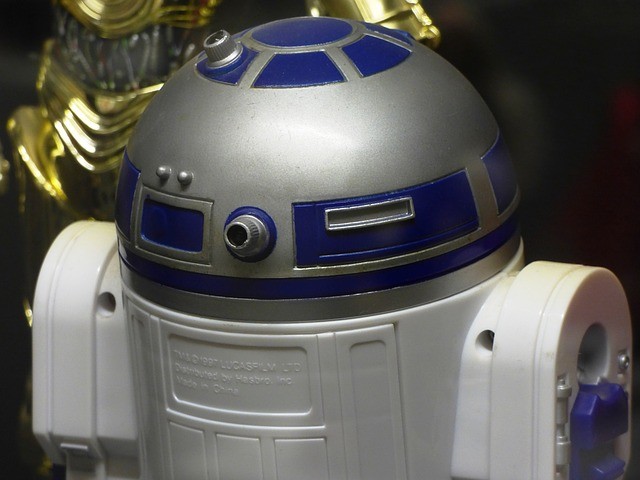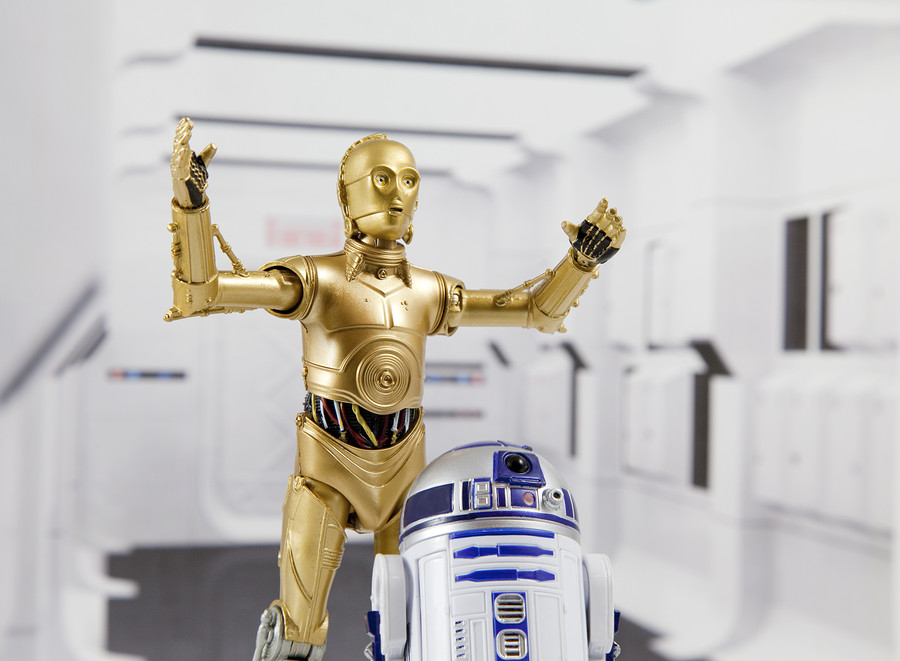Are you looking for some droids? Well, maybe you are about to. Star Wars iconic robots, R2-D2 and C-3PO might be more realistic than we could ever imagine. The recent studies are suggesting that some features of the popular droids are actually well established in the real world.
As R&D sectors are growing worldwide, scientific and technology fields are getting more and more innovative each day. Robots are not just a thing of the future or something that can only be seen in Sci-Fi movies.
Robotic science has significantly developed to the point where having a personal robot, might soon be possible. From the robotic vacuum cleaner to the real-life-looking sex robot toys, we can’t help but notice that robots are definitely among us.
Texas A&M University has recently conducted a study which involved the popular spaceship robots in order to determine if having a “personal droid” is within the reach of today’s technology.
One of the researchers, Robin R. Murphy, discussed whether it’s actually possible to develop a real-life robot that would have all the functions and features of the famous droids. She concluded that although Star Wars robots might be just a bit beyond present tech capabilities, there are still some realistic features that already exist.
Real-life robots would be able to understand R2-D2
As Murphy outlined, one of the main similarities between present robots and famous droids is the way they communicate, or to put it simply – their language. Most of the Star Wars droids are not able to communicate in pure English, so instead, they use nonverbal communications methods.

Murphy explained that sounds and chirping emitted by droids such as BB-8 and R2-D2 could be considered realistic. She stated that droid’s chirping is actually quite similar to real-life robots as these nonverbal contextual beeps would be their main way of communicating.
These sounds allow robots to express their emotions, as due to their build, they are not able to make facial expressions. Instead, by using different noises, robots can reveal whether they are happy, excited or stressed.
It’s still unlikely that robots will be able to move around like BB-8
In her research, Murphy compared droids to NASA’s robot – Robonaut, which is a recently created humanoid robot with arms and effectors, but without legs. She was particularly focused on their movement and how they get around. In the popular movie, droids such as BB-8 are effortlessly rolling around on different surfaces, such as sand. In reality, that would not be possible.

As Murphy explained, BB-8’s adorable rolling around the desert would be as hard as driving a car on a beach. The wheels would quickly get buried in the sand, and most likely, the same would happen to a robot – it would end up spinning in place. This theory was proven by Yasemin Ozkan Aydin and Dan Goldman from Georgia Tech. They decided to test their BB-8 toy and its movement abilities by placing it on glass particles. The toy was stuck.
Similarly, it would be complicated for an R2-D2 look-a-like to move around. Unless the surface is completely flat, the robot would have troubles passing the bumps, dents and similar obstacles. In other words, this movement would only be possible on a spaceship, which would make this type of robot pretty useless in the real world.
The age of robots is yet to come
Although we are not yet able to get a personal droid buddy, the future of robotic science is bright. Movie robots will continue to inspire and guide scientist and engineers to design and build real-life robots that can be helpful in everyday life, such as utility robots.

At present, humans are still not completely used to robots. Robots are still used in highly controlled environments, mostly factories and assembly lines. In addition, robots are also used for military purposes and special operations.
This is due to their difficulty to quickly adapt and respond to unexpected situations and interferences. However, over the years there was an increase in robots usage, mostly for domestic cleaning and maintenance purposes in developed countries.

